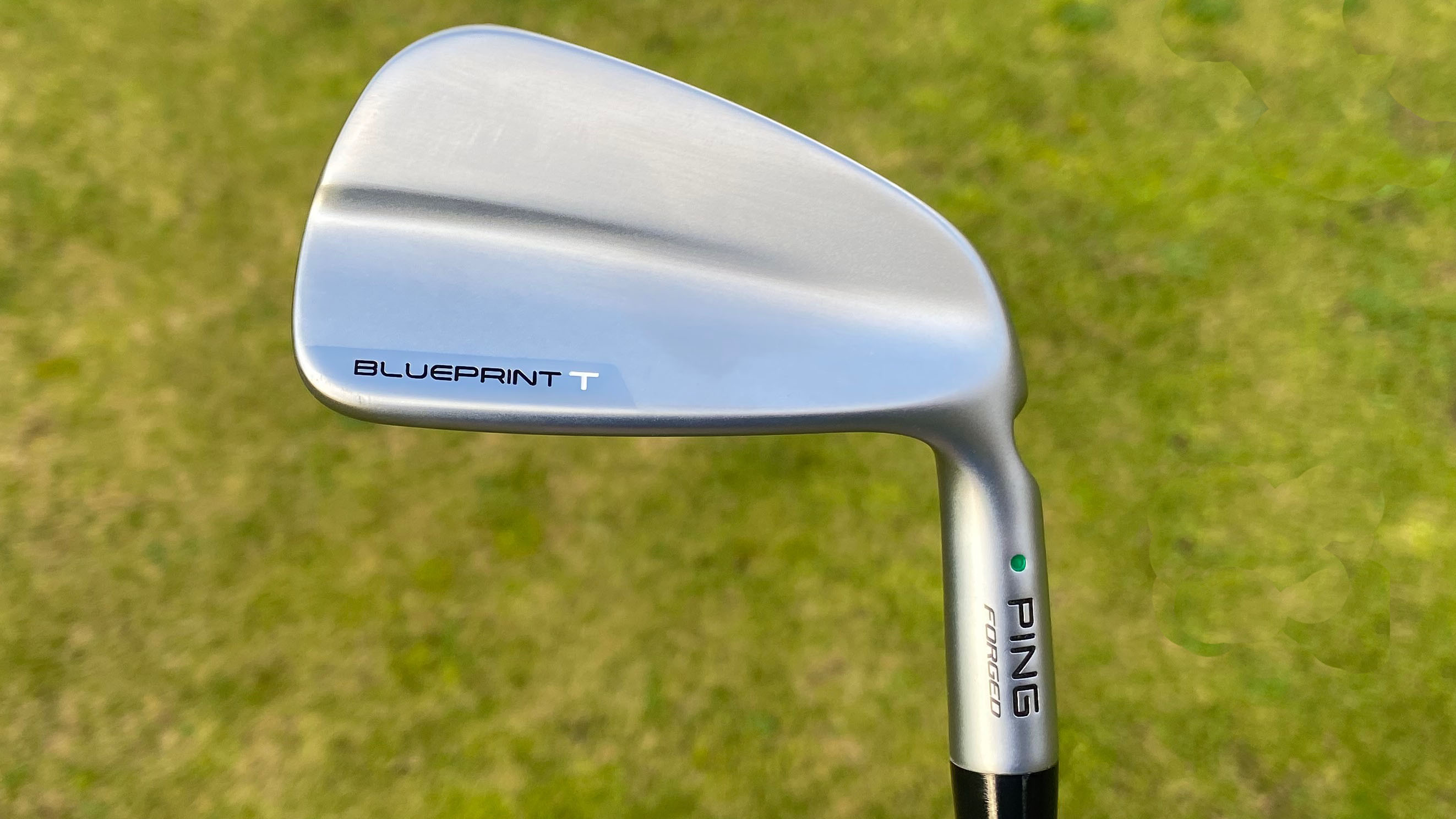
The 2024 product launch season is well and truly upon us, and Ping is bringing to market a brand new forged blade iron, the Blueprint T. I have been fortunate enough to get my hands on this new offering, and have put it through its paces, both indoors and outdoors, to see if it will sit amongst the best golf irons of 2024.
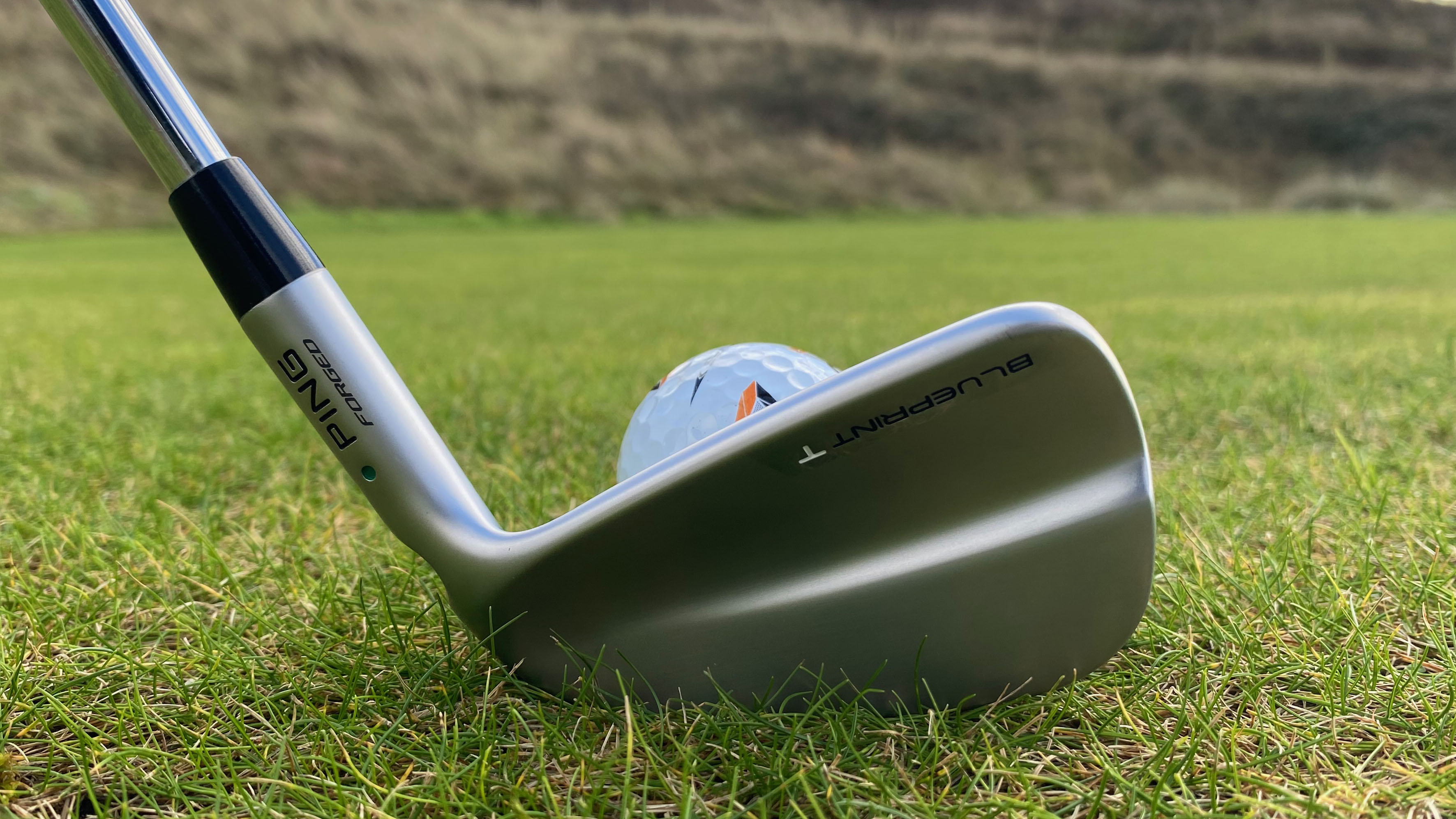
First things first, this iron looks absolutely stunning. The minimalist appearance of the clubhead creates a wonderfully clean and unfussy aesthetic that really suits my eye. Nothing but a simple ‘Blueprint T’ stamping adorns the back of the club which is finished in Ping's Hydropearl 2.0 chrome. In this case, less is absolutely more.
When you put the Blueprint T down behind the ball, as you would expect for irons that look to sit in the best golf blades category, the topline is razor thin. The overall dimensions of the head are very petite, but the new shorter heel-face height provides a great transition from hosel to head which is something I am always on the lookout for in an iron. They frame the ball beautifully, but with minimal offset and the aforementioned top line, you quickly become very aware of the importance of a high-quality strike.
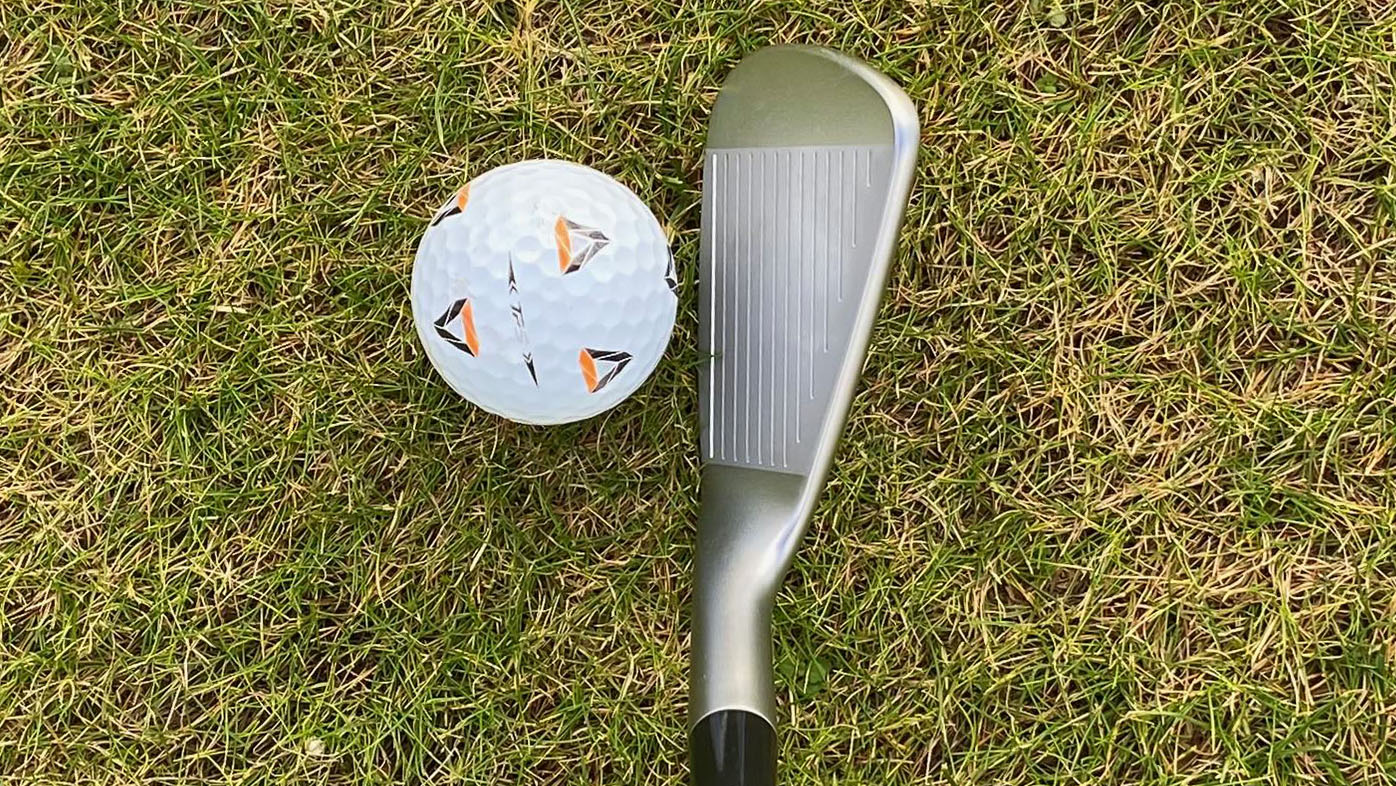
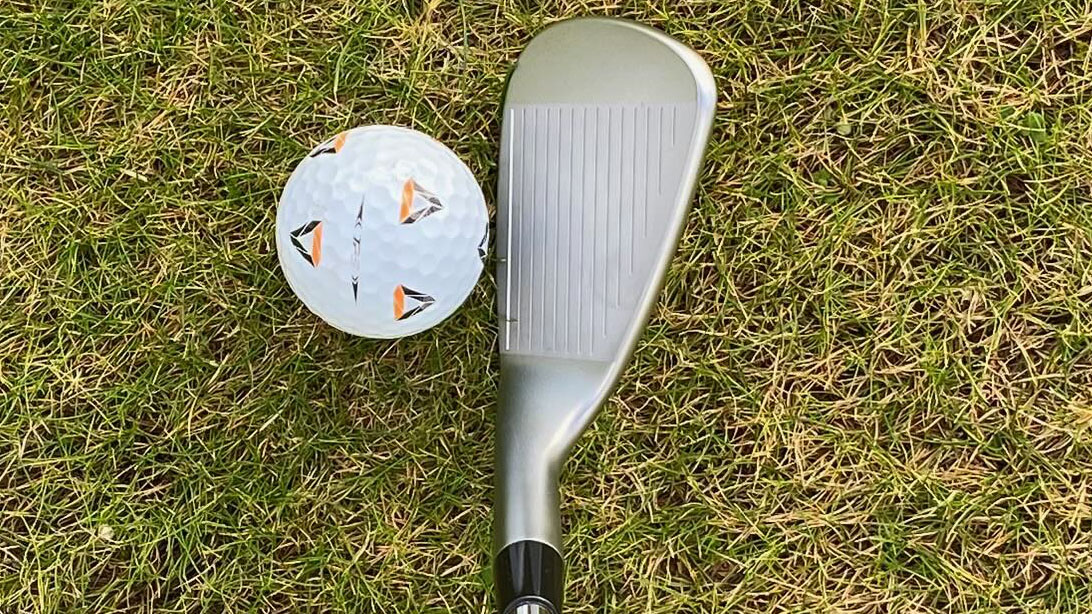
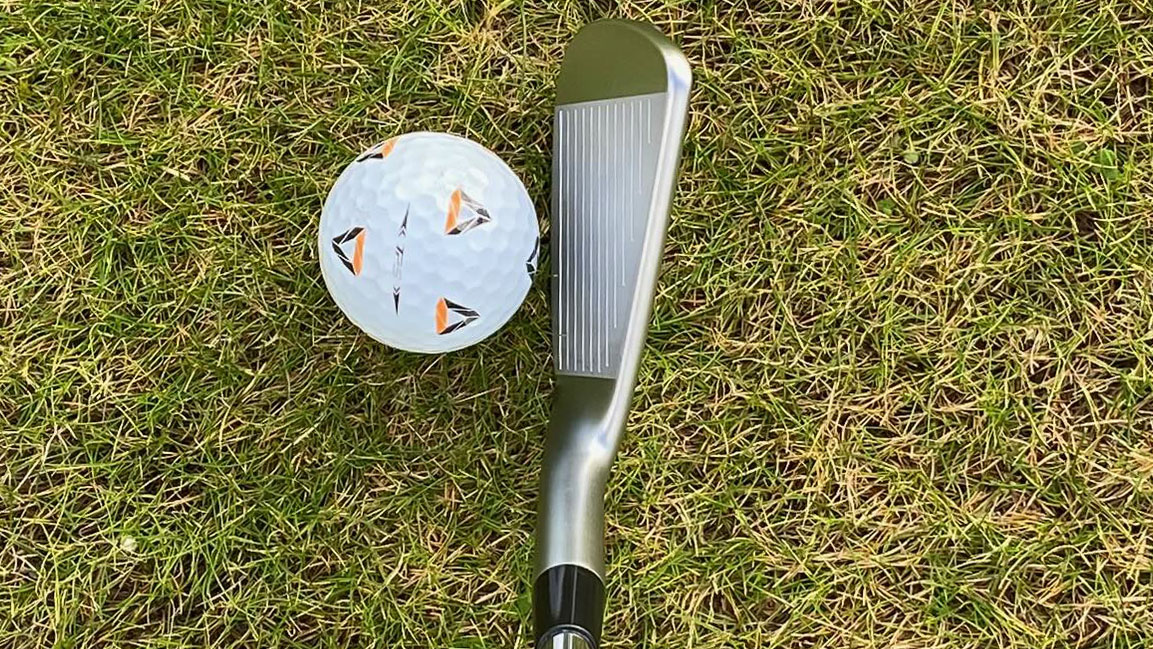
In terms of tech, well quite honestly there isn’t much. Barring a tungsten toe screw to give a slight MOI boost, this is a pure forged blade through and through. Forged from 8620 carbon steel, with milled face and grooves, the simplicity of the design is really the standout feature.
With regards to the feel of the club, it was everything I was hoping for. The reward for a solidly struck shot is a beautifully soft and deep impact feel that competes with any of the traditional category leaders in blade irons. A far cry from the lively spring of the modern day, hollow bodied players' distance irons, the ball seems to stay on the face for an age, providing unrivalled feedback.

Speaking of feedback, make no mistake, you will be abundantly aware of any slight mishit and could probably locate the strike to within the millimeter on the clubface. With the lack of perimeter weighting, ball speed obviously suffers when striking off center but that is part and parcel of entering the world of blade irons, and something to factor into any purchasing decision.
What you lose in forgiveness however, you very much gain in workability, precision and feel. I found my sessions with the Blueprint T irons a wonderful experience of shot shaping fun! Varying curvature and trajectory was delightfully easy, as was the turf interaction, with the new narrower soles cutting through the links turf like a knife through butter.
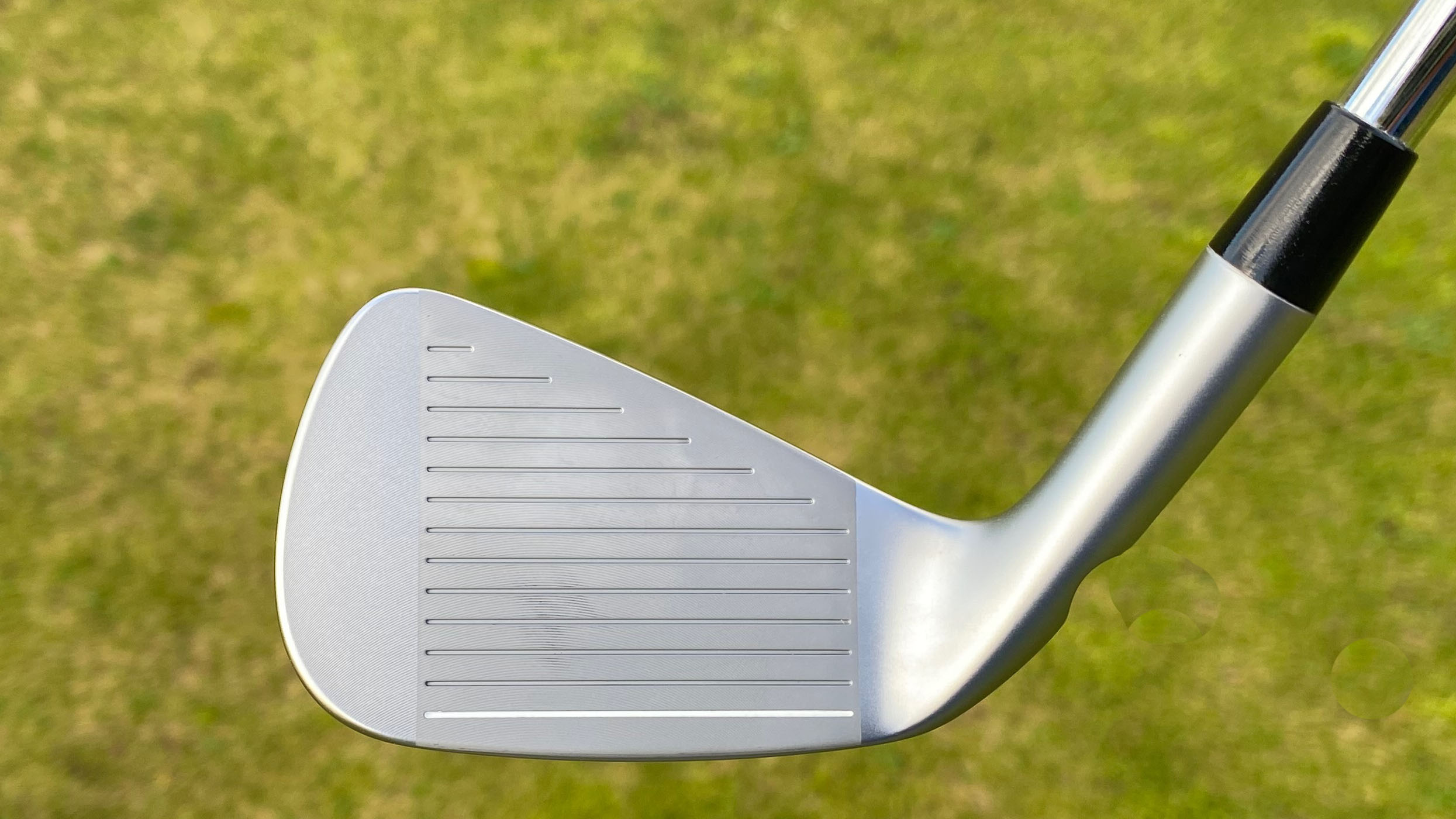
Distance numbers were pretty moderate as I would expect from an iron in this category with fairly conservative lofts. The 7 iron comes in at 33° in the standard loft option but there are also power spec and retro spec options which would alter that to 31.5° and 34.5° respectively.
I like this loft customisation offering from Ping as it really does provide great options for those with less ‘standard’ launch conditions. Spin and launch, however, were pretty good for me in the standard lofts so that is probably where I would be staying.
Another point to note is that Ping has created the exact same loft profiles in the Blueprint T as the Blueprint S and i230 to make it easier to create blended or combo sets.
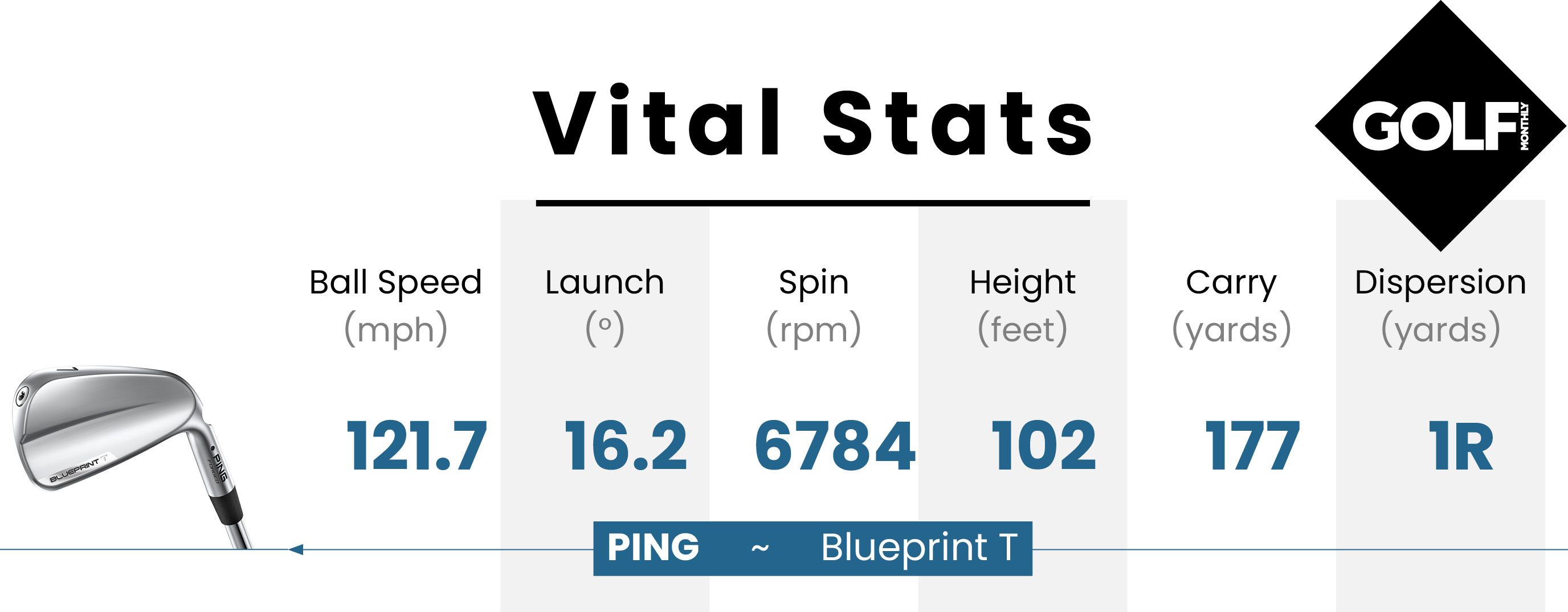
The die hard purists who grew up with Mizuno or Miura blades may still grumble at the appearance of a toe screw and the lack of a more traditional chrome finish, but for me this is the perfect modern twist on the classic blade.
If you are looking for a new set of blades this year, don’t be so distracted by the shiny chrome options on the market that you overlook the Blueprint T. I promise you, you’d regret not trying them.







